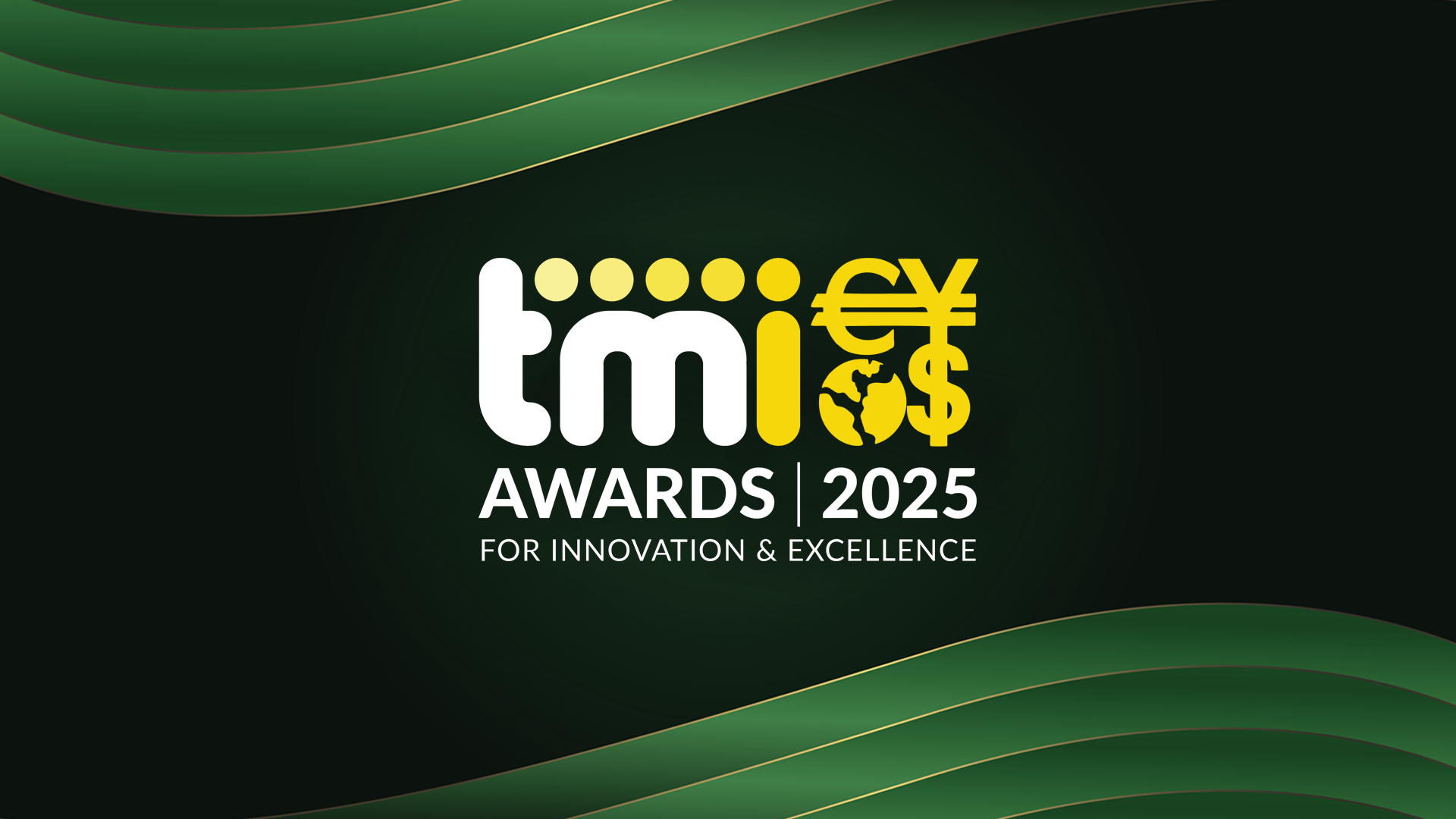
Best Treasury Tech Overhaul - WINNER
BioNTech
Fast, innovative, and future-focused: BioNTech’s approach to treasury mirrors its pioneering work in biotech. From managing tremendous growth to implementing real-time liquidity solutions, the company’s recent treasury evolution, winning the Best Treasury Tech Overhaul at the 2025 TMI Awards, is a masterclass in agility.
Innovation has always been part of BioNTech’s DNA. Founded in 2008 by immunologists and oncologists Ugur Sahin, Özlem Türeci, and Christoph Huber, the company initially focused on revolutionising cancer treatment through mRNA-based immunotherapies.
But it was its Covid-19 vaccine that made BioNTech known globally. In less than a year, the biotech firm (partnering with Pfizer) developed the first approved mRNA-based vaccine, proving both the potential of the technology and the company’s ability to move at extraordinary speed.
Yet this rapid rise brought operational challenges. In 2020, BioNTech was still a small biotech startup. By 2021, its revenue had skyrocketed to €18.98bn from €482m the year before. Treasury processes designed for a startup suddenly had to support a multinational pharmaceutical player handling billions in cash flows.
When Dirk Schreiber joined BioNTech as Head of Treasury in January 2022 there was no treasury department – only an accounts payable function managing payments. Within two years, his team established cash pooling structures, FX risk management strategies, and implemented SAP S/4HANA Cloud for treasury and risk management. But the true game-changer was real-time treasury.
Why real-time matters
With a cash balance of €16.9bn at the end of March 2024, BioNTech’s investment strategy is directly tied to its ability to move money efficiently. “A two-day delay in investing can cost a lot of money,” Schreiber points out. Thus, treasury processes needed to support speed and agility.
In 2023, BioNTech partnered with SAP, Deutsche Bank, and J.P. Morgan to implement real-time account balances via API through SAP’s Multi-Bank Connectivity solution. From June 2024, Deutsche Bank has provided real-time balance updates and push notifications for credits and debits via API.
This helps BioNTech to optimise cash movements. “We sometimes have three-digit million incoming payments with multiple settlements due to hedging and investment needs,” Schreiber says. “Before, we had to call banks to track funds. Now, our SAP treasury system is moving towards real-time updates.”
Since February 2025, BioNTech and Deutsche Bank have extended the API to include instant payments in SAP. “Instant payments are the perfect complement to real-time balances,” says Schreiber. While SEPA instant payments are currently capped at €100,000, Deutsche Bank offers instant transfers of up to €250m between its branches to help clients avoid early cut-off times. New EU Instant Payment Regulations could bring further improvements from October 2025.
APIs as the future for corporate treasury
Schreiber is also considering other API use cases, including pre-validation of payments to enhance fraud prevention and straight-through processing. Having built a treasury function from scratch, he did not have to deal with legacy systems, but was able to implement cutting-edge solutions.
“There are so many innovations that enable us to manage treasury more efficiently and make better decisions, but they all depend on real-time information exchange,” he continues. “This is why APIs are key. Even if I had a legacy system, I would be looking at API integration.”
While API standardisation across banks is still in progress, Schreiber believes the industry is moving in the right direction. “One day, all bank connectivity could be API-based,” he predicts. “Until then, Swift, Host-to-Host and/or Electronic Banking Internet Communication Standard will remain part of the treasury toolkit, but APIs are undoubtedly the future.”
By embracing real-time treasury and overhauling its tech set-up, BioNTech has ensured that its financial infrastructure is as innovative as its scientific breakthroughs – proving that speed, agility, and precision aren’t just critical in the lab, but in treasury too.



